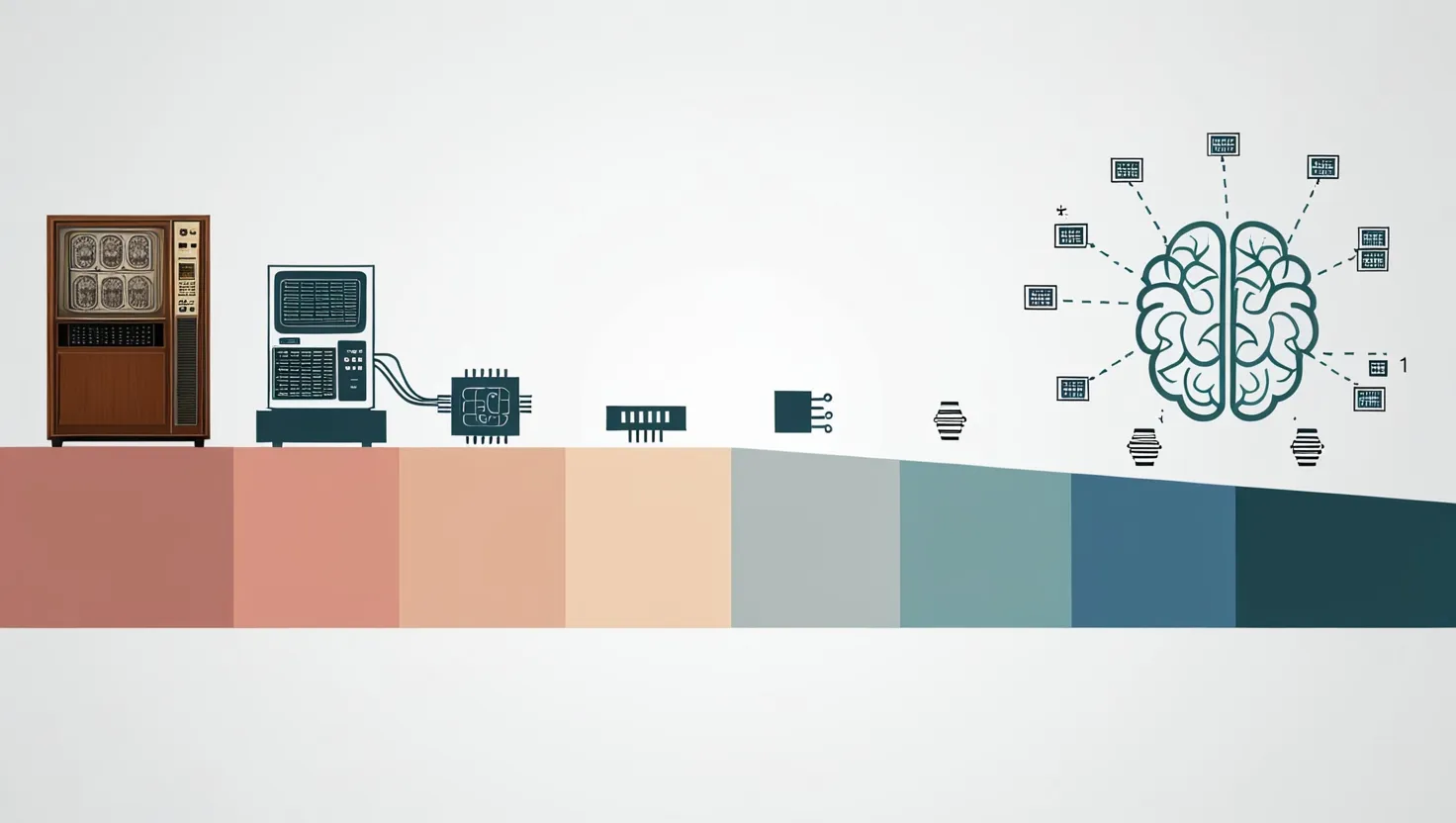How Computers Evolved From Basic Calculators to AI: 5 Revolutionary Breakthroughs That Changed Everything
Discover how computers evolved from calculators to intelligent machines through 5 key breakthroughs. Learn about stored programs, transistors, microchips, networks & AI in simple terms.
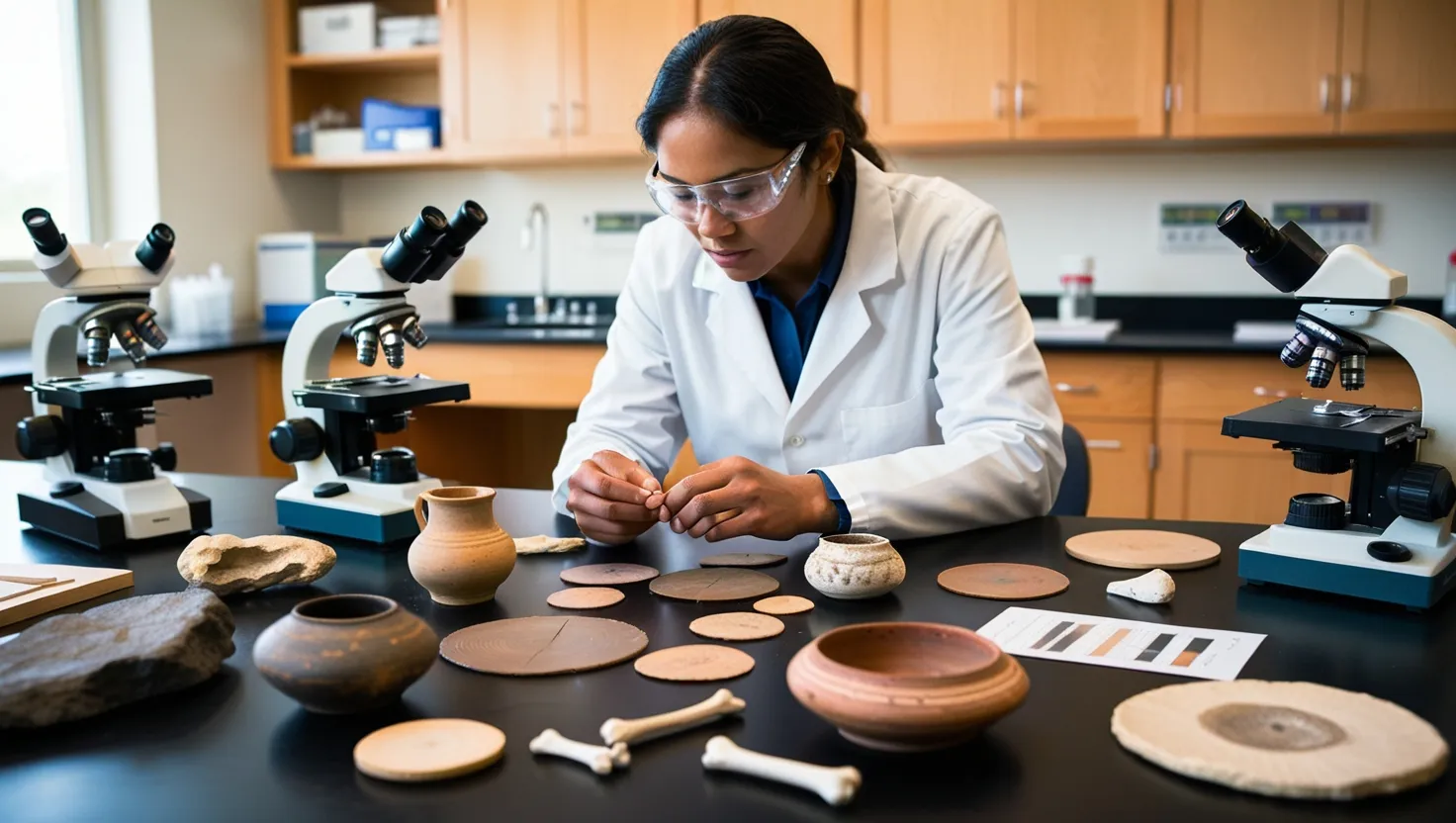
Five Revolutionary Dating Methods That Transformed Archaeological Science and Rewrote Human History Forever
Discover 5 revolutionary archaeological dating methods that transformed our understanding of human history. From tree rings to DNA clocks, learn how scientists accurately date ancient artifacts and fossils. Explore now!

5 Communication Breakthroughs That Connected Humanity Across Time and Distance
Discover 5 revolutionary communication breakthroughs that connected humanity across time and distance. From ancient writing to the Web, explore hidden stories and surprising consequences. Learn how these tools shaped civilization and what's next.
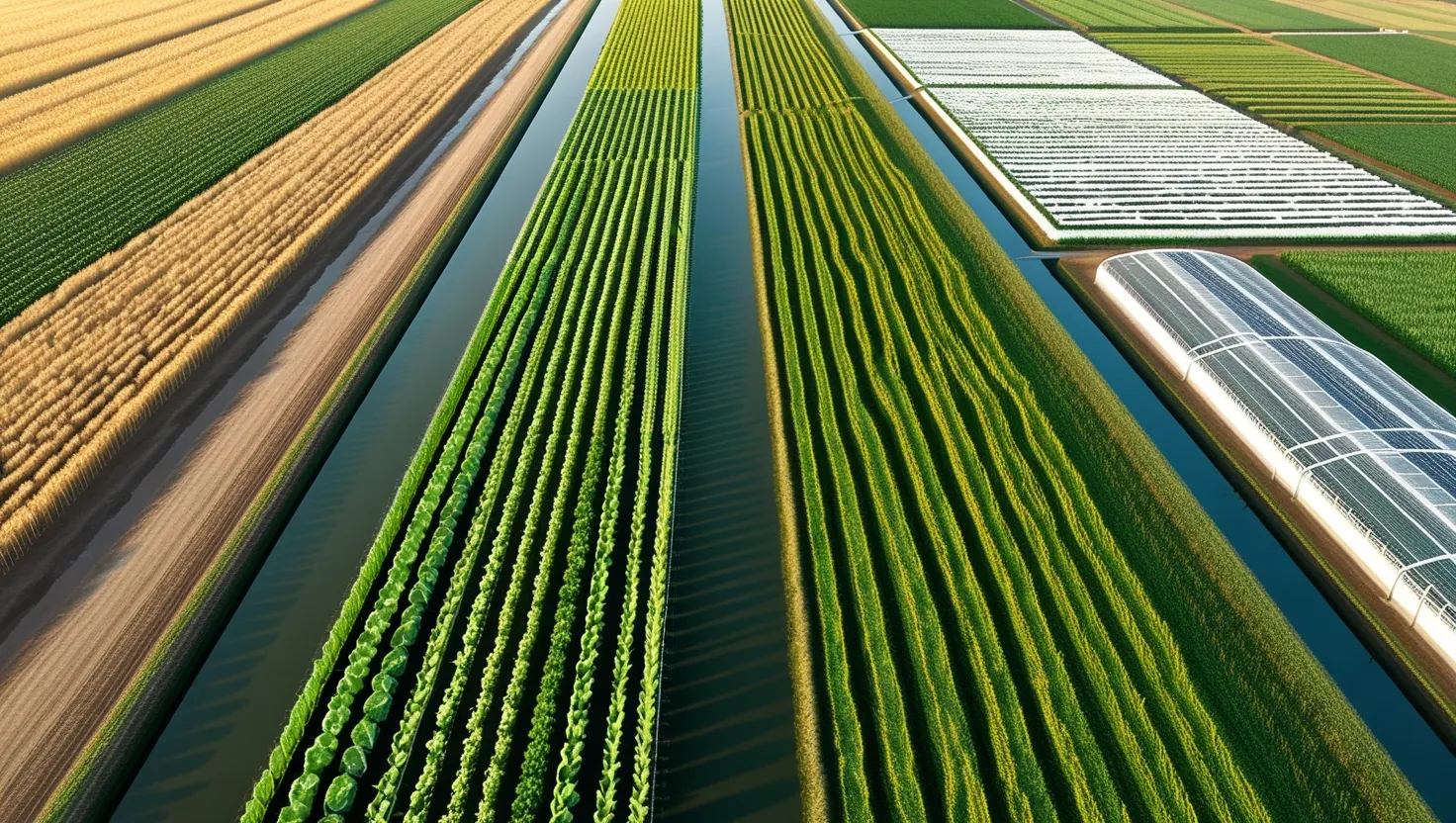
5 Agricultural Revolutions That Transformed Civilization and Changed How 8 Billion People Eat
Discover how 5 major agricultural revolutions transformed farming and fed billions—from crop domestication to genetic engineering. Learn the innovations that shaped our world and what's next for global food security.
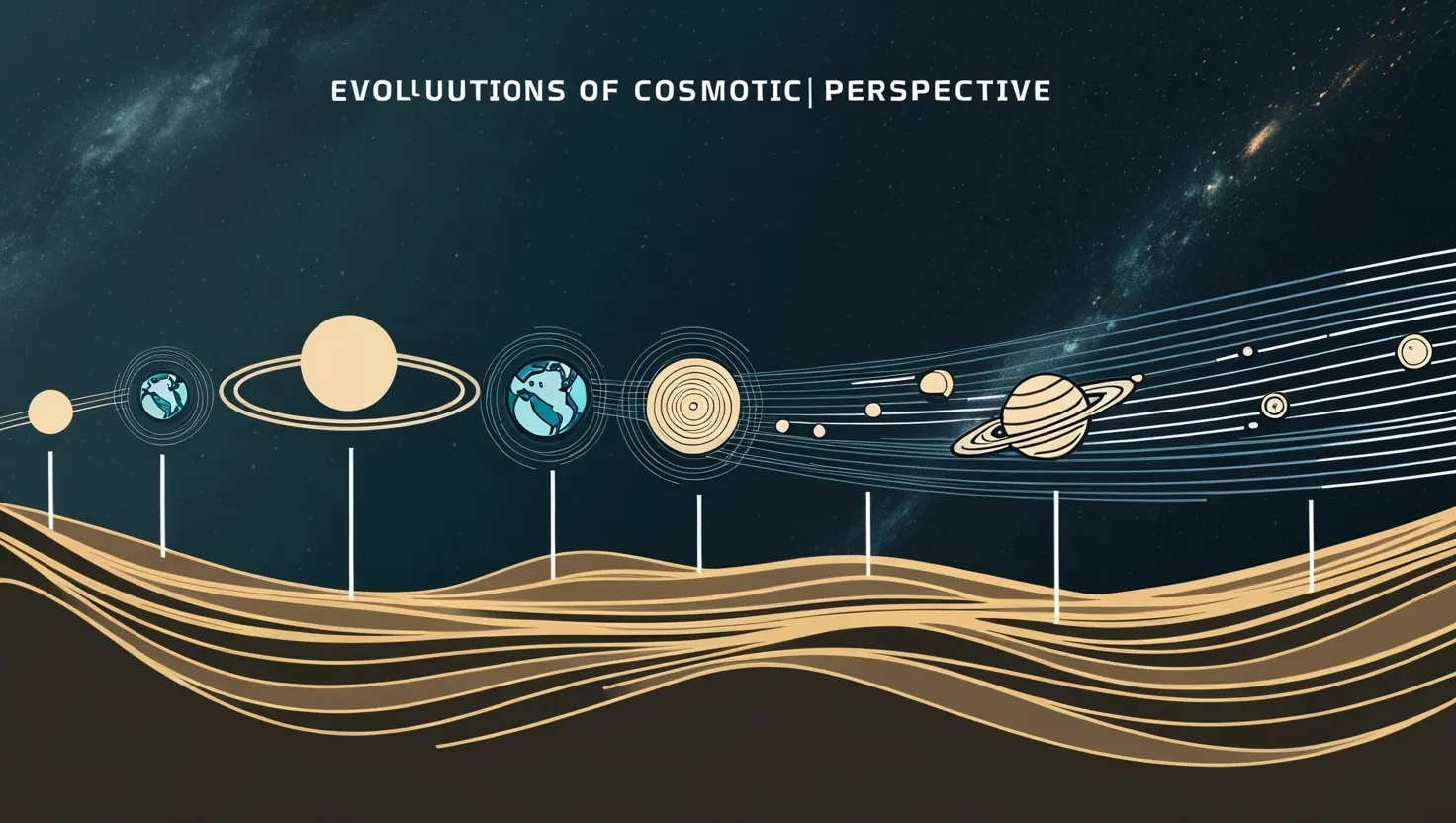
5 Groundbreaking Astronomical Discoveries That Forever Changed Our Place in the Universe
Discover how 5 revolutionary astronomical discoveries reshaped humanity's cosmic perspective—from Copernicus to gravitational waves. Explore our changing place in the universe. Read more.

How Modern Neuroscience Discoveries Are Revolutionizing Our Understanding of the Human Brain
Discover how neuroscience breakthroughs—from neuroplasticity to mirror neurons—reveal how your brain adapts, learns, and creates memories. Explore the science behind thoughts and behavior.
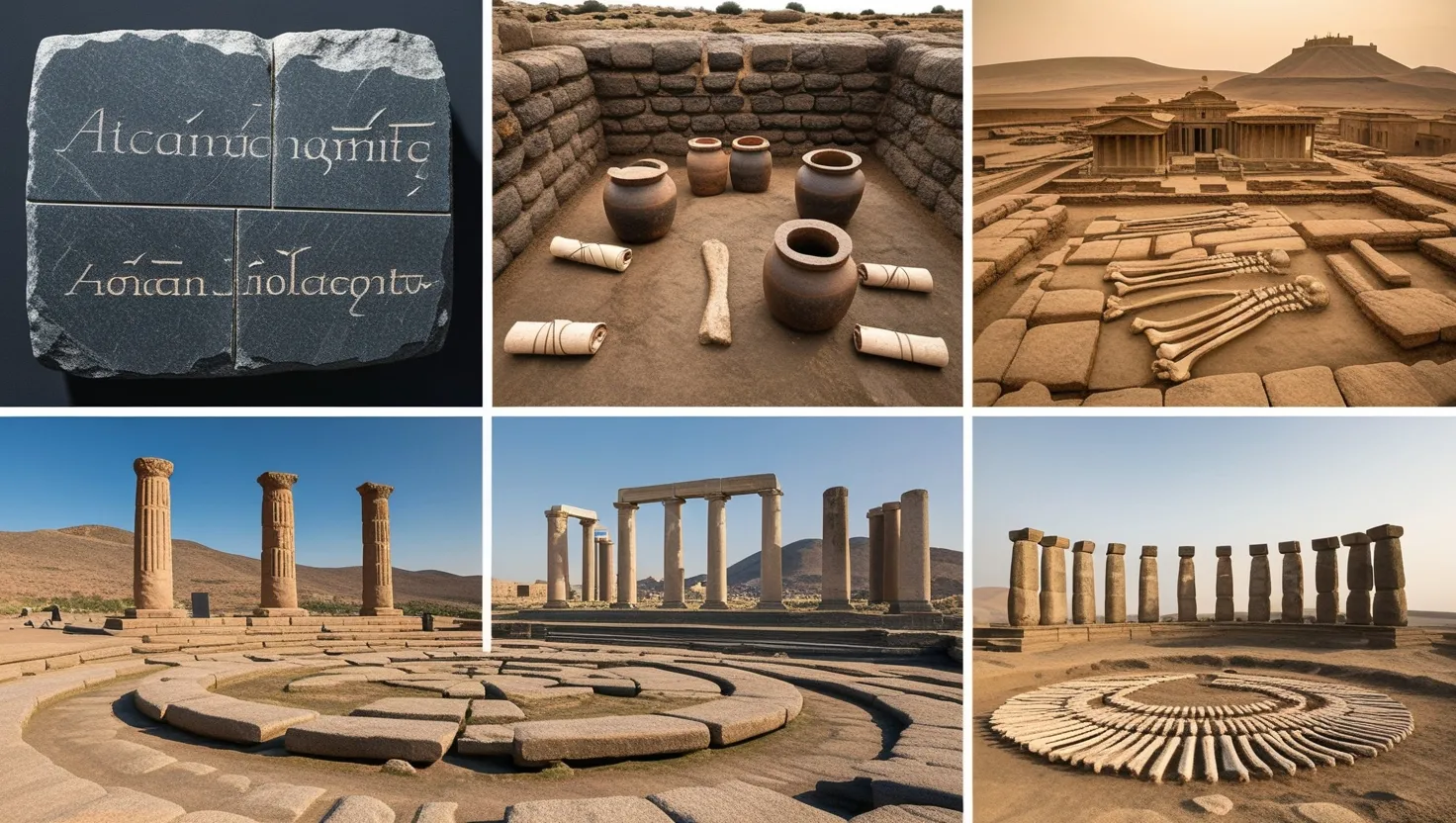
**5 Archaeological Discoveries That Completely Rewrote Human History and Changed Everything We Thought We Knew**
Discover how 5 groundbreaking archaeological finds revolutionized our understanding of human history. From the Rosetta Stone to Lucy's skeleton, explore game-changing discoveries.
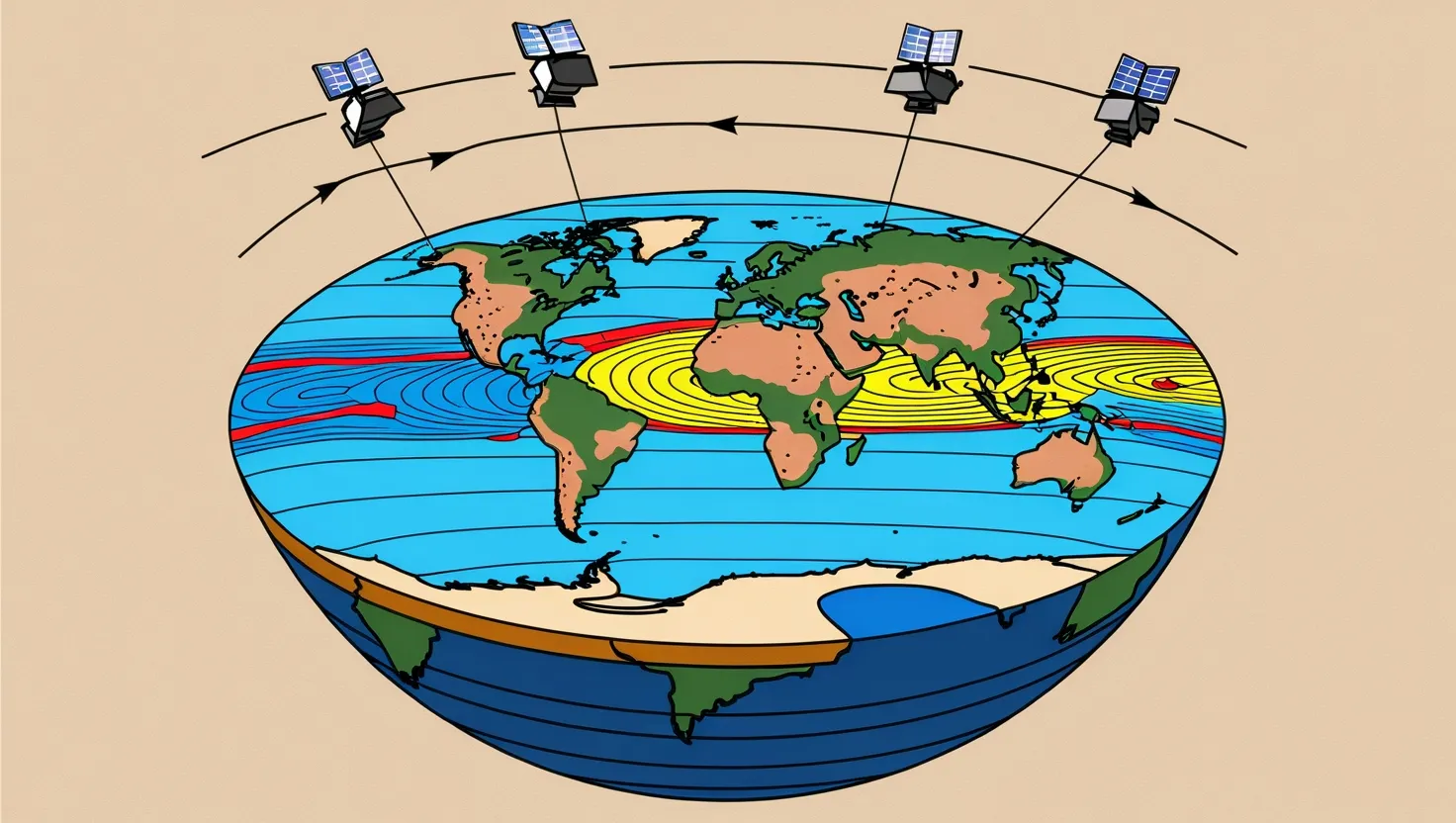
5 Plate Tectonics Discoveries That Revolutionized Our Understanding of Earth's Moving Surface
Discover 5 groundbreaking discoveries that revolutionized plate tectonics theory - from Wegener's continental drift to GPS satellite tracking. Learn how Earth's restless surface shapes our planet's future.
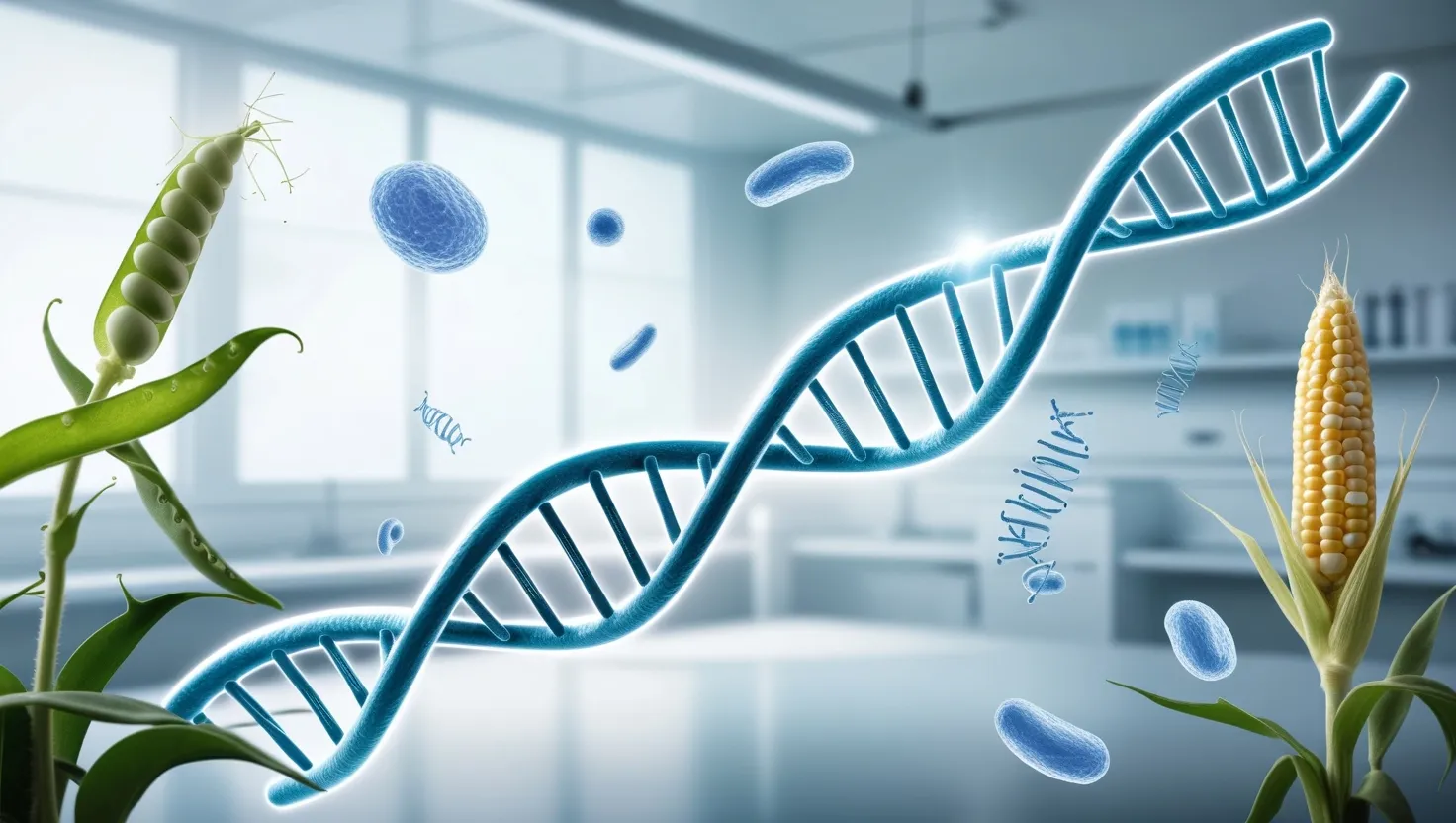
**5 Genetic Discoveries That Rewrote Human History and Medicine Forever**
Discover 5 groundbreaking genetic discoveries that transformed medicine, agriculture, and humanity itself. From Mendel's peas to CRISPR gene editing, explore the science that reshaped our world.

How 5 Historic Vaccine Breakthroughs Changed Medicine Forever and Continue Shaping Modern Healthcare
Discover 5 groundbreaking vaccine innovations that changed history - from Jenner's smallpox breakthrough to mRNA technology. Explore how scientific courage saves lives.

From Fire to Fusion: How Energy Breakthroughs Shaped Human Civilization and Changed Everything
Learn how fire, steam, electricity, and nuclear power transformed human civilization beyond energy—reshaping society, cities, and our future. Discover energy's hidden impact on history.
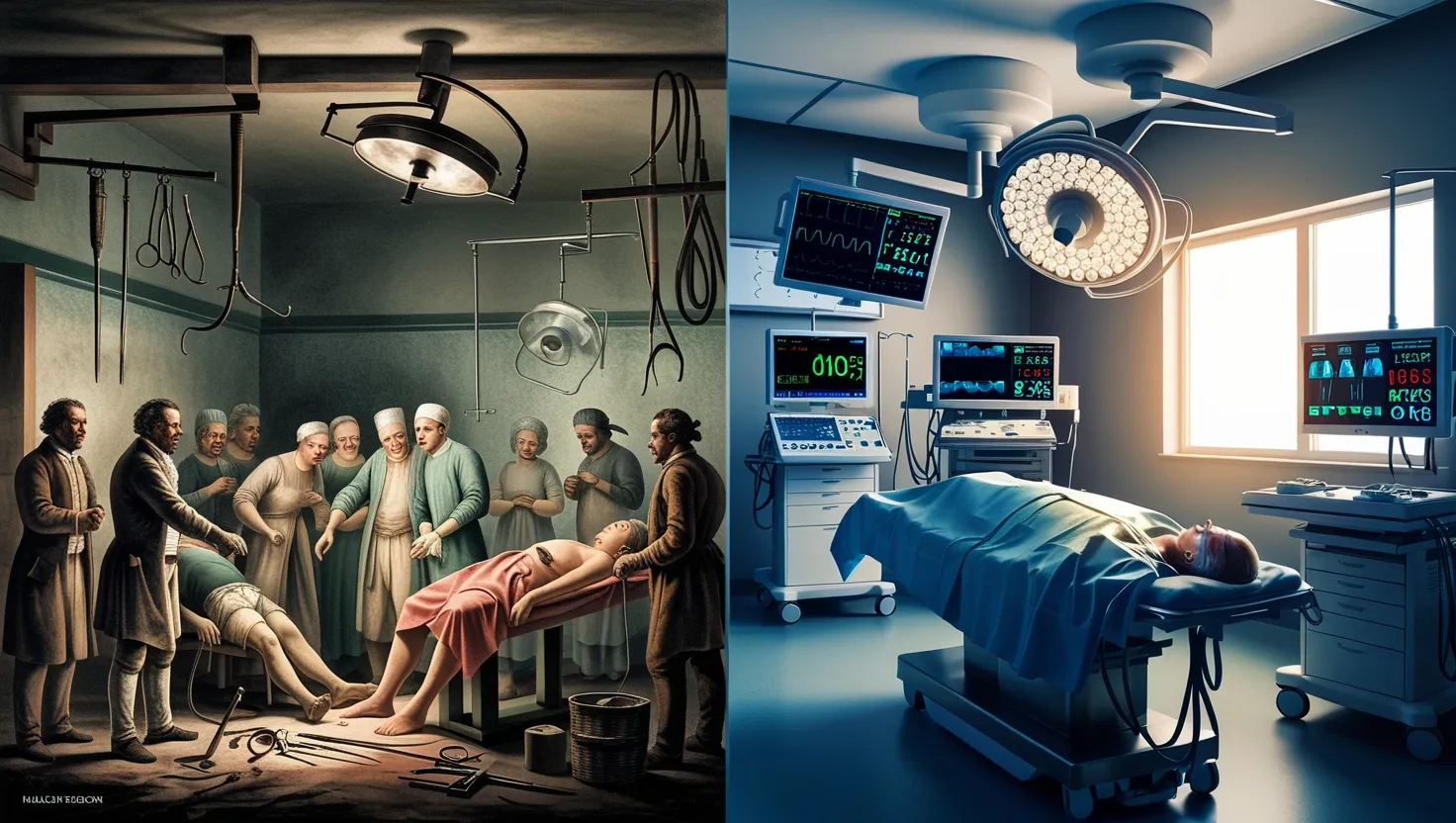
Five Anesthetic Breakthroughs That Revolutionized Surgery From Agony to Painless Operations
Discover how 5 revolutionary anesthetic breakthroughs transformed surgery from brutal agony to painless procedures. From ether's first use in 1846 to modern precision techniques. Learn surgical history now.

How Glass Windows, Lenses, and Fiber Optics Revolutionized Human History and Modern Technology
Discover how glass shaped human civilization through windows, lenses, and fiber optics—from ancient Rome to quantum computing. Explore 5 key innovations that changed how we see the world. Read more.
